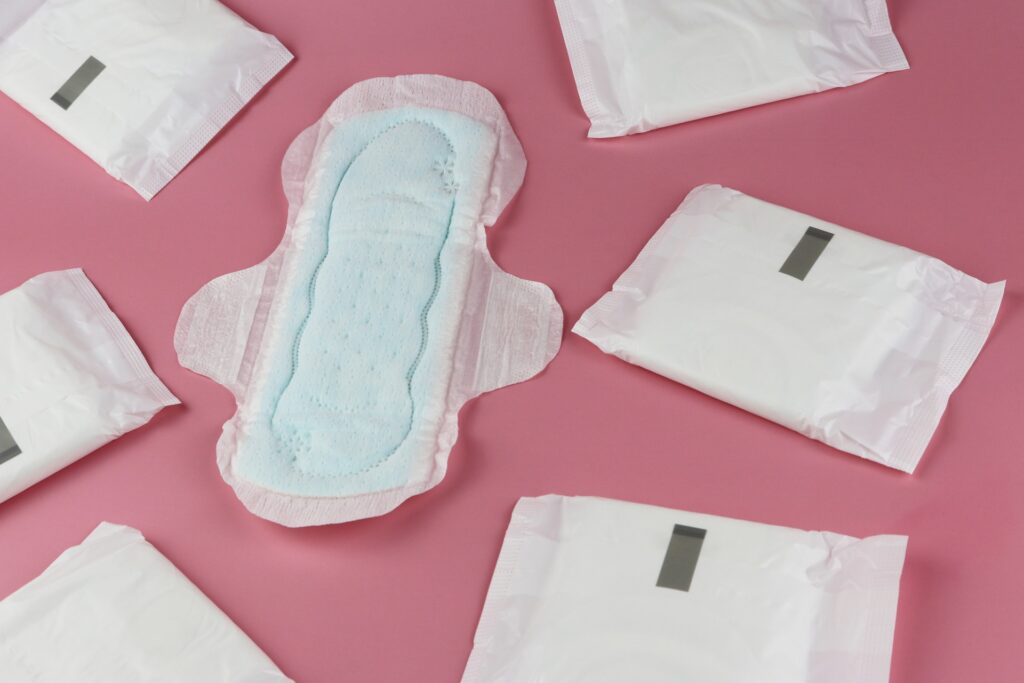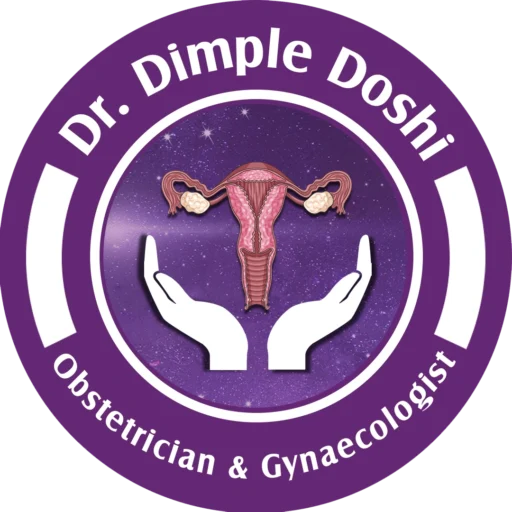
Pros and Cons of Using Menstrual Pads
Introduction
Embarking on a journey through the realm of menstrual hygiene, this exploration unravels the nuanced pros and cons of using menstrual pads.
-By Judy Grahn
All over the world; women are using different methods to collect and dispose of their menstrual trash.
The most commonly used products are menstrual pads; tampons and cups.
When deciding what products to use for menstrual periods, most women will pick up what’s easily found in stores. These are usually single-use tampons or sanitary pads. This results in a huge load of tampons and pads tossed in the trash over an average woman’s lifetime. So it is important to understand and be mindful of what you are using.
Conventional single-use menstrual pads contain a significant amount of plastic. One estimate is that these disposable sanitary pads contain up to 90% plastic. Although producers are generally reluctant to reveal the exact composition of their products, the main materials are usually bleached rayon (cellulose made from wood pulp), cotton, and plastics. Bleaching of sanitary pads is done to improve their blood absorbing capacity, and this bleach contains dioxin which is a carcinogen, which means it promotes the formation of cancer-causing cells in your body
Tampons, excluding the applicator, may contain up to 6% plastic.Tampons that are made from cotton can biodegrade within 6 months. . Again like the sanitary pads; though in trace amounts; the chemicals like pesticides, dioxin, and chlorine used to bleach the cotton used in tampons are carcinogenic. Moreover, many tampon brands contain plastic or are wrapped in plastic. Polypropylene, the overwrap material of a tampon, is not biodegradable
Disposal Of Sanitary Pads And Tampons
1. Common disposal problem is the clogging of toilets which plumbing systems cannot handle.
2. There is a risk of transmitting diseases like HIV; Hepatitis B and Hepatitic C which are blood-borne viruses. And the people who handle this are at risk along with your family members.
3. Sanitary pads and tampons are usually disposed of in two ways — they are either buried in landfills, and that takes 500-800 years for them to decompose each — or are burned in incinerators that release toxic fumes like dioxins, phuron, and other carcinogenic compounds into the atmosphere. They’re also full of plastic, so they aren’t completely biodegradable. And when they do break down, they eventually become microplastics, or pieces of plastic less than 5 millimeters in size.
If these items; sanitary pads and tampons together; don’t make their way to landfills, they can end up in oceans or wash up on beaches.
Menstrual cups are getting popular these days as they are environmentally friendly, and do not contribute to the waste that can clog the landfills; save the earth from incinerator-generated fumes; fewer trees are cut down and the cost is also lower as they can be reused.
Delve into the world of menstrual hygiene. Learn about the pros and cons of using menstrual pads—convenient but with environmental considerations. Make informed choices for your comfort and sustainability.
Here Are The Pros And Cons Of All These Three Products
MENSTRUAL PADS:
Menstrual pads are disposable and reusables,
REUSABLE SANITARY PADS
PROs:
1. They are much more economical than others
2. Better for the environment
3 . Less irritating
4. Highly customizable
CONs:
1. The YUCK factor
2. They require care
3. They may require trial and error to find the right one for you
4. Many women find it inconvenient; time-consuming and an old fashioned way to tackle the menses
DISPOSABLE SANITARY PADS:
PROs:
1. Convenient
2. Travel friendly
CONs:
1. Potentially harmful chemicals.
2. Higher cost over time
3. Environmental impact of disposing of them.
TAMPONS:
PROs:
1. Comfortable than sanitary pads
2. You feel cleaner; not messier and do not smell Foul.
3. They allow you to swim and even be sexually active.
4. Unlike pads; they do not show up through the pants. And you can wear any underwear
5. They are very convenient to carry as you Can slip a few of them into your pocket or Handbag.
CONs:
1. Forgotten tampons can cause a fatal infection called toxic shock syndrome. Though it is not that common; you must be vigilant about it.
2. Some women find it scary to use
3. Not eco friendly
4. No way to know when to change; it can get oversoaked and may result in a stain.
5. Some residues can remain inside the vagina leading to vaginal irritation or infections
MENSTRUAL CUPS
PROs:
1. Some menstrual cups are designed for long-term use resulting in significant cost-cutting over tampons.
2. No embarrassing odor
3. Fewer visits to a chemist store as the menstrual cups are designed to be reused.
4. More time between changes as you can go upto 12 hours with a menstrual cup before having to empty it as compared to tampons or pads which may have to be changed every 4 to 8 hours.
5. Easy to use . Once you know how to insert it properly; you wont feel its presence,
CONs: 1. Messy to empty it as cleaning it in a public bathroom may pose a challenge for some.
2. They can be difficult to insert especially the girls who have never had sexual intercourse
3. Using a menstrual cup may disturb the thread of copper t.
4. Every womans anatomy is different. So it may take a while to understand which size fits you.
5, It may be hard to remove the cup initially.
6. Though reusable; regular sterilisation is required.One must use strict hygiene precautions before inserting it.
7. Those having vaginal infection; prolapse ; endometriosis and some virgin girls who are scared ;should not use menstrual cups

